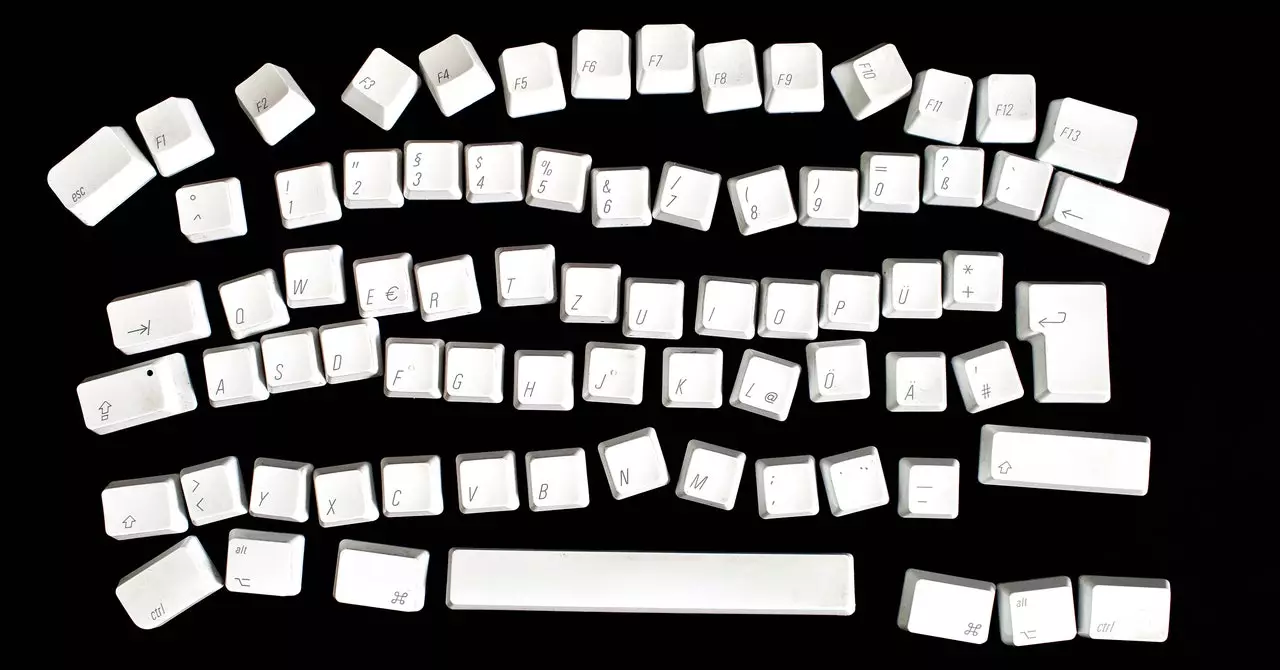Detecting text that has been generated by tools such as ChatGPT can be a challenging task. While artificial intelligence detection tools like GPTZero aim to assist users in identifying bot-generated content, these tools are not flawless and can sometimes produce false positives. As a journalist who has been covering AI detection for over a year, I have gathered some of WIRED’s most insightful articles on this topic to provide readers with a better understanding of this complex issue.
In an article written about two months after the launch of ChatGPT, I explored the intricacies of AI text detection and its implications for online writers. Edward Tian, the mastermind behind GPTZero, emphasized the importance of factors such as text variance and randomness in his AI detection algorithm. One interesting concept discussed in the article was the idea of using text watermarking to designate certain word patterns as off-limits for AI text generation. While this method showed promise, researchers expressed skepticism regarding its effectiveness.
A compelling piece from a previous issue of WIRED shed light on Edward Tian’s efforts to enhance GPTZero’s reach and detection capabilities. The article highlighted the significant role that AI detection plays in educational settings, where educators are grappling with the dilemma of identifying AI-generated content in student assignments. Some students utilize generative AI tools as a brainstorming aid, while others use them to produce entire assignments, posing a challenge for teachers and institutions.
An investigation by Kate Knibbs examined the ethical responsibilities of companies in flagging AI-generated products. The article delved into the presence of potentially copyright-infringing AI-generated books on platforms like Amazon, prompting debates on the necessity of detecting algorithmically generated content. The overarching question remains: do the risks of false positives outweigh the benefits of labeling AI-generated works?
AI-generated text is increasingly prevalent in academic journals, despite being prohibited without proper disclosure. Amanda Hoover’s article highlighted concerns that AI-written papers could overshadow legitimate scientific research, raising the importance of developing specialized detection tools for identifying AI content in scholarly publications. The integrity of academic literature faces threats from the proliferation of AI-generated content.
Initial optimism surrounding the use of watermarks for AI text detection was met with caution by researchers, who feared the potential weakness of this strategy. Subsequent investigations revealed vulnerabilities in AI watermarks, as experts were able to bypass these security measures, casting doubt on their reliability. Although watermarking remains a challenging aspect of AI detection, researchers continue to explore alternative solutions.
Educators are turning to tools like Turnitin to identify AI-generated content in student submissions. This plagiarism detection software, equipped with AI spotting capabilities, has been adopted by many academic institutions. However, concerns about false positives and biases against non-native English speakers have hindered its widespread implementation. As universities grapple with the implications of AI detection tools, the quest for accurate and unbiased results persists.
As developers strive to enhance AI-detection algorithms, the issue of erroneous results poses a significant challenge in accurately identifying bot-generated text. Educators, researchers, and companies must collaborate to navigate the complexities of AI detection and uphold the integrity of written content in the digital age. The evolving landscape of AI-generated text calls for innovative solutions and ongoing dialogue to ensure transparency and authenticity in online communications.


Leave a Reply